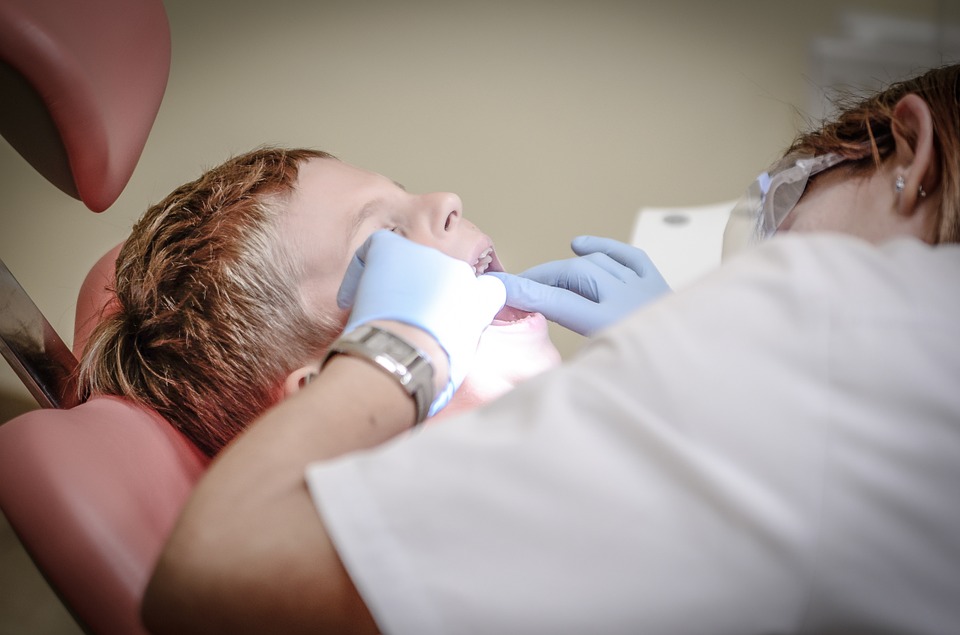Treating Childhood Front Teeth Injuries
“When any front tooth receives a sudden blow, the blood supply to the tooth through the tip of the tooth is sometimes crushed resulting in pulp necrosis (death) which leads to the browning of the tooth”
Injury to the front teeth in childhood is very common and children with slightly protruding teeth or poorly aligned teeth are often victims of such injuries. Sometimes, they experience fractures of the teeth and many a times, the tooth/teeth that receives the blow does not crack or fracture, but turns brown over the next few years. These changes are seldom noticed till their teenage years. until it becomes a cosmetic problem.
A Cosmetic Problem
While masking the colour is an easy treatment, browned teeth should not be treated lightly, since such teeth are prone to develop cysts. When any front tooth receives a sudden blow, the blood supply to the tooth through the tip of the tooth is sometimes crushed resulting in pulp necrosis (death) which leads to the browning of the tooth.
Root Canal Treatment
Therefore, before we seek a solution for the cosmetic problem or mask the discoloration of the tooth, an x-ray investigation and tooth vitality (blood supply) tests are a must. If the x-ray reveals any damage to the root tip or build-up of pus, or a cyst at the root end, it will need a root canal treatment.
Sometimes, if the cyst has formed and is large, it may also need a small curettage at the root end to remove the infection. These cysts are notorious in staying silent for years and suddenly flare up to life-threatening infections. Hence, they need to be handled early and with care. If the cyst has enlarged and loosened the tooth’s attachments, it may even fall out by itself.
Options For Tooth Replacement
In a few cases, the tooth cannot be saved as it resorbs (dissolves away by itself). In such a scenario, a root canal specialist offers three options for replacement – a removable denture, (which the patient will have to remove during sleep), a bridge (that would require taking support from the healthy, neighbouring tooth) and an implant, a titanium root form that will replace the tooth instantly.
A patient opting for the third choice will have a surgeon removing the tooth from the socket without any damage to the bone structure. The implantologist, places the titanium implant in the socket and innovatively uses the patient’s own tooth (that was removed) and fixes it on the implant to give it the most natural looking prosthetic replacement.
